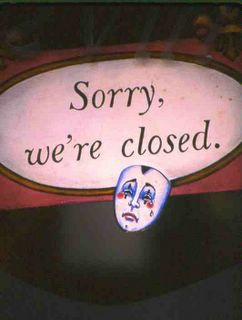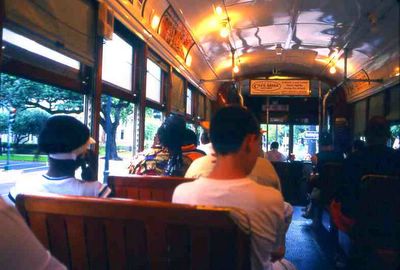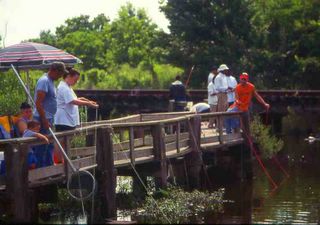
There's a mosaic in my future.
All around my house, in glass vases, copper boxes and bowls that once belonged to Bedouins and Buddhist monks, are bits and pieces of flotsam and jetsam from bodies of water, sidewalks and trash piles around the world, and I value these as highly as any travel souvenirs I've collected.
Someday, when I have nothing to do, I'll gather in one place these intriguing chunks of detritus, along with my scores of stones and seashells spirited from dozens of beaches, and I'll design a mosaic that gives each nugget a special spot in some big, bold picture.

Each piece brings me back to the place where I acquired it: water-worn teacup handles and porcelain dinnerware shards washed up on Lake Como's rocky shore; a hunk of marble paving stone from an old Lisbon sidewalk; pieces of painted wall tile from a junk heap beside an 18th-century Porto home undergoing renovation; black rocks with white circles in their middles -- eyeball rocks, I call them -- found on the French shore of Lake Geneva; charms that once hung from strands of Mardi Gras beads thrown from floats navigating the streets of New Orleans; shells and coral from the Red Sea; shells and salty stones from the Dead Sea; fragments of pottery and pavement from Petra and ancient Argos; cooled lava from an ancient eruption of Chile's Mount Osorno; and green, white, blue, amber and yellow seaglass from oceans and lakes around the globe.
I'm thinking my mosaic will be a map of the world.
www.LoriHein.com


 or lunch. This excerpt from Ribbons of Highway: A Mother-Child Journey Across America takes you there:
or lunch. This excerpt from Ribbons of Highway: A Mother-Child Journey Across America takes you there:





